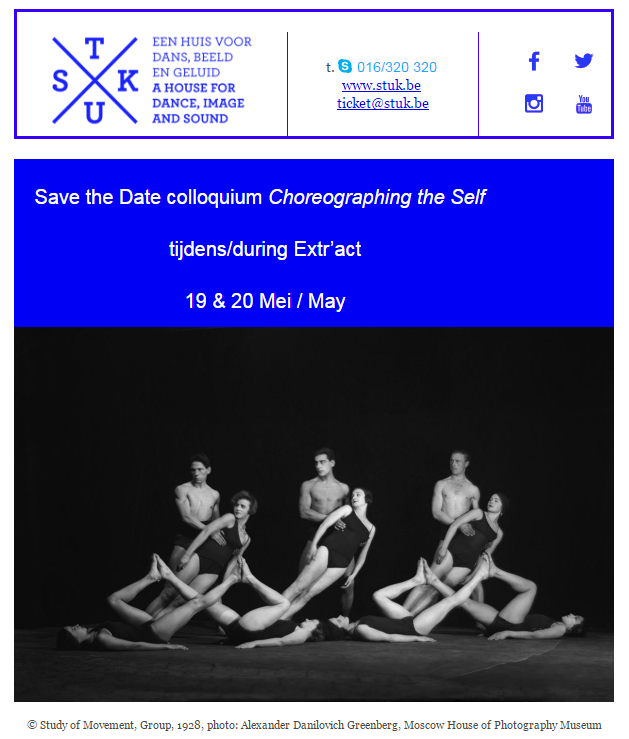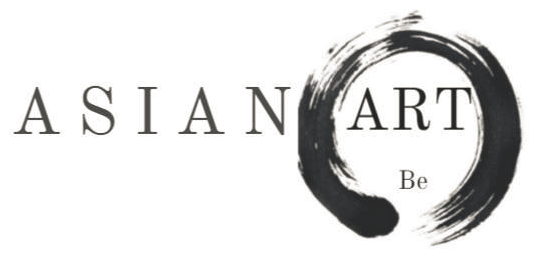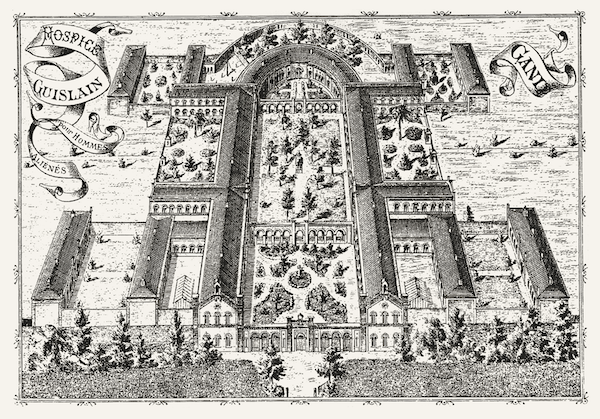By Julie Verheye
Boris Mikhailov’s Ukraine, currently running in FoMu Antwerp, shows a moving portrayal of a state in constant transition. The retrospective covers the unfolding of events in Mikhailov’s homeland by illustrating the developments from Soviet communism to Western capitalism and the recent Maidan protests. Pushing aside the grand narratives of the cold war and the macropolitics of the Soviet Union, Mikhailov visualises the influence on the everyday and, hence, portrays Ukraine in its most intimate setting. The exhibition blurs the boundaries between objectivity and subjectivity, documentary and diary, and recording and performing. Emphasising notions as imposition, alienation and the body, Ukraine stirs emotions with hints of witticism and vulgarity.

Untitled, from the series Case History, 1997-98 Boris Mikhailov, courtesy CAMERA – Centro Italiano per la Fotografia
Mikhailov openly – yet cunningly – criticises the communist regime. His subtle critique is already present in Superimpositions, which double exposes two colour photographs so as to create a psychedelic dreamland. Mikhailov aesthetically and unmethodologically juxtaposes icons and banalities of Soviet life with deep-seated cultural taboos. The playful overlays allude to the surreal and stand far from the photomontages of Rodchenko’s, El Lissitzky’s and Klutsis’ constructivist photography. The series stunningly counteracts the strict formulated aesthetics and narratives of arts in service of social practice by deconstructing preferred-readings and creating flexible meanings. Mikhailov continues his fight against communism with Black Archive, a series of monochrome photographs contrasting the intimacy of the home with the formality of the streets. Although his critique is barely visible, the series condemns the surveillance culture and numerous restrictions in public life during Soviet times. Mikhailov’s critique of communist society peaks in the colourful series Red Skies and Luriki. The alarming red colours of the former immediately stand out due to the serial representation that alludes to the profusion of communist symbols in day-to-day life. Similarly, Luriki, a set of colourised black and white photographs with a Méliès-like allure, refers to the hypocrisy of communist propaganda which constantly painted a rosy picture in order to beautify reality. During the eighties, a period of political and economic changes caused by Gorbachev’s glasnost and perestroika, Mikhailov’s work gradually lost its colours both literally and figuratively. The sepia tinted photographs of Crimean Snobbism, a visual diary of Mikhailov’s friends during a holiday, and Salt Lake, an objective account of an ecological disaster, are merely a shadow of Mikhailov’s more provocative work of the sixties and seventies.
Other milestones in Mikhailov’s work are the fall of the Soviet Union and the independence of Ukraine in 1991. At Dusk, Tea Coffee Cappuccino and Case History are reflections on the changeover from communism to capitalism and the related impact on the body. At Dusk and Tea Coffee Cappuccino emphasise the disparity between consumer culture on the one hand, and the deteriorating of the social body and urban space on the other. However, both series are easily towered over by Case History, which is probably the apotheosis of the exhibition. The images vulgarly – yet intimately – depict the precarious living conditions of the homeless, a new social class emerging with capitalism. Apart from focussing on the bodily evidence of poverty, Mikhailov also fulfils a performative role as he stages a grotesque drama in paid collaboration with the bomzhes. Appearing in recognisable poses that refer to Christianity, the photographs provoke and could be seen as modern icons. The series raises questions about the traditional relationship between photographer and subject. The exhibition concludes with The Theatre of War, a series depicting the protesting body in moments of inactivity during the recent pro-European Euromaidan revolutions.
In sum, Ukraine shows a moving and intimate portrayal of the social body in transition from communism to capitalism. Sporadically verging on the vernacular, Mikhailov records a visual diary wavering between the objective and the subjective and, hence, reopens some probing questions about photography’s ethical imperative. The exhibition inserts a sense of realism by beautifying ugliness and by rendering visible what lies dormant beneath the surface of society. Simultaneously acting as an objective witness and a participating producer, Mikhailov depicts reality not only with great solemnity but also with a sense of humour. Nevertheless, the exhibition is a roller-coaster of impressions since not all works are equally outstanding: Mikhailov’s early series, along with Case History, rise above the other works, which unfortunately sink fast into oblivion.
The exhibition runs in the FoMu Antwerp until 05.06.16
For more info see: http://www.fotomuseum.be/en/exhibitions/boris-mikhailov.html
This review was written for the Photography and Visual Culture Class of the Cultural Studies Program










 How was life in Leuven a century ago? Where did people meet up? Which was the most frequented shop? What games did kids play? While looking at photographs of the landmarks of Leuven, these are some of the questions that cross our minds. We want the photographs to speak to us and share their memories of past times. We not only want to see how the city used to look like, but we also want to know more about the city’s past inhabitants and their ways of living.
How was life in Leuven a century ago? Where did people meet up? Which was the most frequented shop? What games did kids play? While looking at photographs of the landmarks of Leuven, these are some of the questions that cross our minds. We want the photographs to speak to us and share their memories of past times. We not only want to see how the city used to look like, but we also want to know more about the city’s past inhabitants and their ways of living. Programme:
Programme: